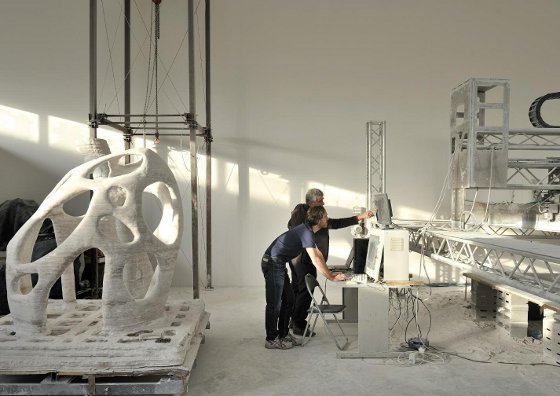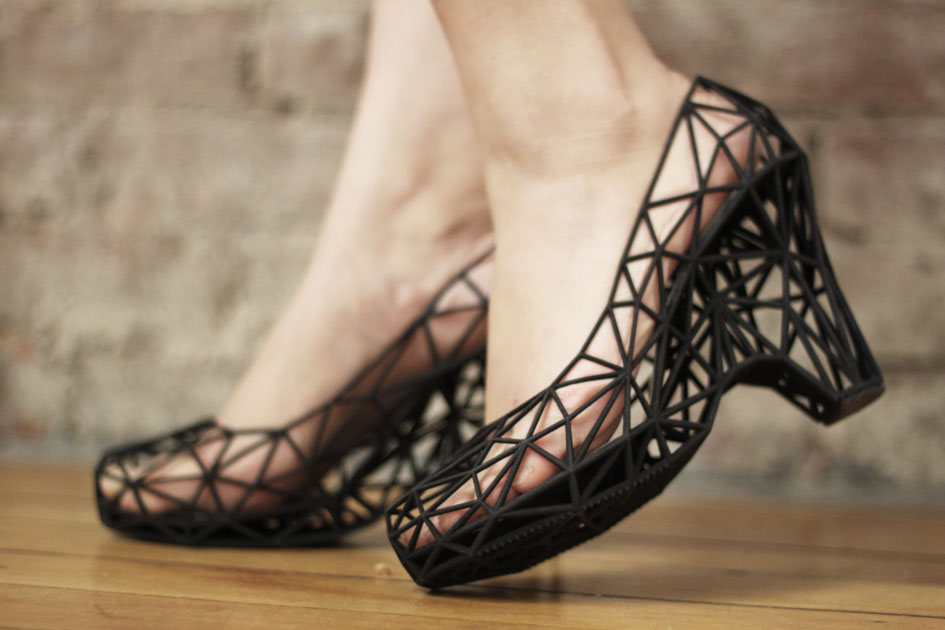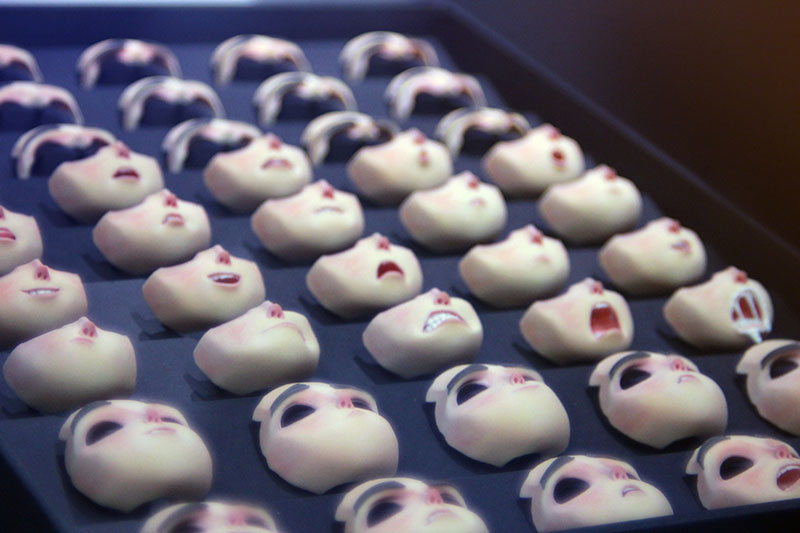Top Fun Uses for 3D Printers
When 3D printing first became a viable process back in 1984 with the so called stereo lithography, the most obvious use was within Engineering companies as a means of creating a physical, albeit delicate, representation of a new part of product. The materials used weren’t sturdy enough to create anything other than a curiosity that was in danger of crumbling if not treated with caution. It gave technologists and designers something that could be held and compared against other parts, but weren’t much of an advantage over the advancing 3D Computer Aided Design (CAD) programs of the time that were becoming increasingly advanced.
Now, thirty years later, both processes have advanced and merged, and now we have systems that not only have much greater scope than when they were conceived, but are also cheap and usable enough to be used by the general public with little training. The human mind can imagine much and with technology that simple its effectivity becomes almost boundless. Way beyond the fabrication of simple components, there are all kinds of off-the-wall uses that 3D printing can be put to. Some of the best include:

Printed food. Straight out of Star Trek, the ability to print proteins may lead to a part solution for world hunger and may conduce more humane animal farming methods, and theoretically remove the need for them completely. How does it work? Fairly simply actually; First, stem cells are sourced from a live donor animal. The gathered cells are then placed in a gloopy cell culture made of amino acids, vitamins, salts, minerals and sugars. The cells will then replicate, forming sheets of cells. Basically, instead of using traditional ink or plastic, the 3D printer contains bio-ink made of thousands of live cells. Next thing you know – printed hamburger!!!
Printed clothes. Printing solid items such as shoes and belt buckles are now so widespread that they are not even worth mentioning anymore. There is now much more interest in printing thinner layers of material that retain flexibility and can be joined and cut to shape. The essential point is that features can be printed into the material in a way that would be difficult to weave.

Well, they do look better than Crocs. Still, more of a showcase than a pretty design. 3D faces. Fancy having your own head in 3D? You can either use a hand-held scanner and map your phizog or, more interestingly, allow your genes to be mapped and printed from the resulting data. Researchers at Pennsylvania State University have constructed an algorithm from gathered DNA that maps a series of genes with only twenty-four variants that form reliable indicators of facial features. They have then used the information to create realistic resemblances to the people the DNA was taken from. Crime scenes just got very high Tech!
The use of 3D printers in general life was always going to be interesting – how could it fail to be anything but – however, no one foresaw just how they could be used to shape life in so many different ways. Whatever paths we find to drive the technology up in the future, it’s pretty safe to assume that they will be fun.


